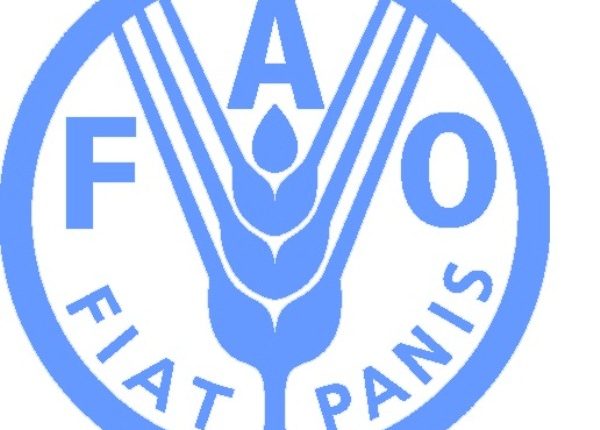The rising cost of agricultural inputs especially inorganic fertilizers, is one of the issues impeding production among small holder farmers in Malawi, therefore affecting food security. Due to land degradation, farmers who cannot afford inorganic fertilizer often harvest barely enough food for household consumption.
In response to the problem, the Food and Agriculture Organization of the United Nations (FAO) is implementing the Land Use Planning and Sustainable Land and Water Management for Improved Agricultural Productivity project, funded by the Government of Flanders. Under this project, FAO is promoting the use of low-cost sustainable land and water management practices such as production of organo-mineral fertilizers such as Mbeya, which is a homemade organic fertilizer made from locally available raw materials and a small amount of inorganic fertilizer.
Maganizo Lukhere hails from Mzimba district and is one of the farmers who adopted the use of Mbeya fertilizer. He gives a comparison of his family’s livelihood before and after adopting the low-cost agricultural technologies being promoted by FAO.
“Four years ago, we used to harvest 10 to 13 fifty kilograms bags of maize from a one-acre piece of land. The maize was never enough to sustain our family of eight until the next harvest. Since we started making and using Mbeya fertilizer, we harvest about 40 fifty kilograms bags of maize on the same piece of land,” said Maganizo.
He has since obtained another piece of wetland where he grows maize throughout the year under irrigation, using residual moisture, and uses Mbeya fertilizer and other low-cost soil and water management practices. “We are about to harvest this year’s crop, but we still have maize left over from last year’s harvest. In our household, lean months are a thing of the past. We have eliminated hunger,” said Maganizo.
For farmers in the community, Mbeya fertilizer is easy and cheaper to make. The ingredients required to make one 50 kg bag of Mbeya fertilizer are 21 kg of maize bran, 10 kg of pig dung, 10 kg of inorganic fertilizers, 10 kg of ash and 5 litres of water. One 50kg bag of mineral fertilizer produces five 50kg bags of Mbeya fertilizer.
Along with using Mbeya fertilizer, Maganizo has adopted other low-cost techniques that FAO promotes such as mulching, zero tillage, planting vetiver grass around maize fields and constructing swales for water harvesting. These techniques preserve soil moisture, reduce soil erosion and improve soil composition.
“A lot of small holder farmers are resource poor, and the cost of technology is one of the factors they consider before adoption,” said Harvey Nyirongo, Agriculture Extension Officer for Chasato section in Mzimba. He said now that more farmers are making and using Mbeya fertilizer, the community is more food secure.
Distributed by APO Group on behalf of Food and Agriculture Organization of the United Nations (FAO): Regional Office for Africa.


